
If you have been diligently mining Pi for a while but find yourself unsure about how to transfer Pi to the mainnet wallet, you have come to the right place. In this comprehensive guide, we will provide you with step-by-step instructions on how to obtain a KYC slot and migrate your Pi to the mainnet.
The Evolution of Pi Mining
Before diving into the details of the migration process, it’s essential to understand the context of Pi mining. The Pi Network, with its innovative approach to cryptocurrency, has been in operation for the past five years. During this time, it has gathered a massive community of approximately 47 million pioneers. However, it’s noteworthy that only about 10% of these pioneers have successfully completed their KYC (Know Your Customer) and migrated their Pi to the mainnet. This means that a substantial portion—around 42 million pioneers—has yet to embark on this crucial migration journey.
Understanding the Pi Ecosystem
To navigate the migration process effectively, it’s essential to grasp the fundamentals of the Pi ecosystem, including the Open Mainnet, Closed Mainnet, and the Pi Mining App.
Open Mainnet: The Open Mainnet is the blockchain that will power the Pi Network. It’s currently under development, with the aim of providing a robust and secure infrastructure for the Pi ecosystem to thrive.
Closed Mainnet: The Closed Mainnet, on the other hand, is a precursor to the Open Mainnet. It serves as a testing ground for selected pioneers who are granted access to its features before the broader network release. It helps in identifying and resolving potential issues, ensuring a smooth transition to the Open Mainnet.
Pi Mining App: While commonly referred to as “mining,” it’s crucial to clarify that the Pi Network does not operate in the traditional sense of cryptocurrency mining. Instead, it employs a unique consensus mechanism called “Proof of Contribution” (PoC). The Pi Mining App allows pioneers to earn Pi tokens by actively participating in the Pi Network’s activities.
8 Crucial Steps On How to Transfer Pi to Mainnet Wallet
Now, let’s explore the eight crucial steps you need to follow to successfully transfer your Pi to the mainnet:
1. Download the Pi Browser App
To begin your migration journey, head to the Play Store for Android users or the Apple Store for iOS users. Search for “Pi Browser” and proceed to download it.

Once the app is installed, sign in to the browser through the pi mining app. Importantly, sign in through the mainnet checklist’s first step by clicking the top left corner of the pi mining app and clicking mainnet, then mainnet checklist from the subsequent prompt
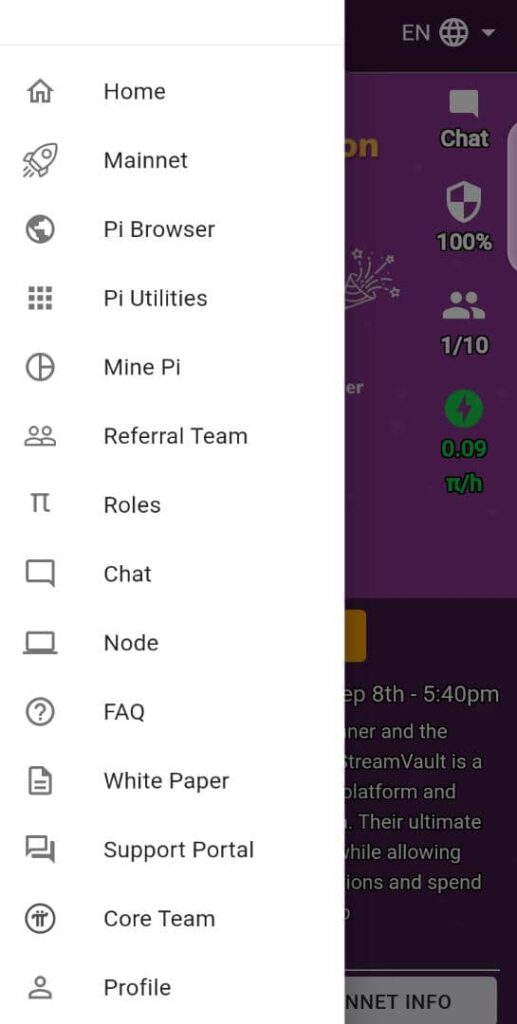
2. Create a Pi Wallet
Creating a Pi wallet is a pivotal step in securing your Pi assets. To do this, open the Pi Browser and visit wallet.pi. Here, you can create a new wallet address. Be extremely cautious during this step and ensure that you copy and securely store your 24-word passphrase.
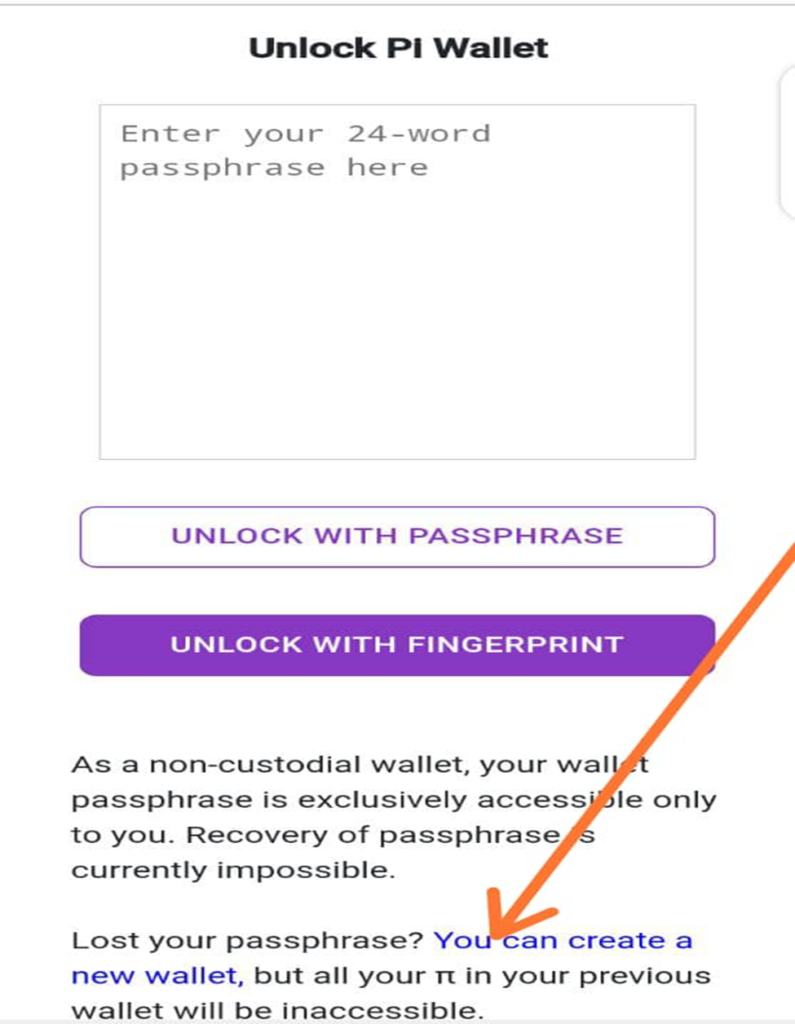
This passphrase serves as your key to accessing your Pi assets. Losing this passphrase could result in the permanent loss of your Pi tokens, so safeguard it diligently.
3. Confirm Your Pi Wallet
In the third step of the mainnet checklist, you’ll be prompted to confirm the wallet address you created in the previous step (Step 2). Click on Step 3 and enter your 24-word passphrase to confirm the wallet’s authenticity.
Read more on how to make money faster in 2023
4. Commit to a Lockup Configuration
Moving on to the fourth step, you’ll be asked to configure your lockup settings. This is an essential feature that allows you to lock a portion of your Pi tokens for future mainnet transfers. For instance, you can choose to lock up 100% of your Pi for two weeks using this configuration.
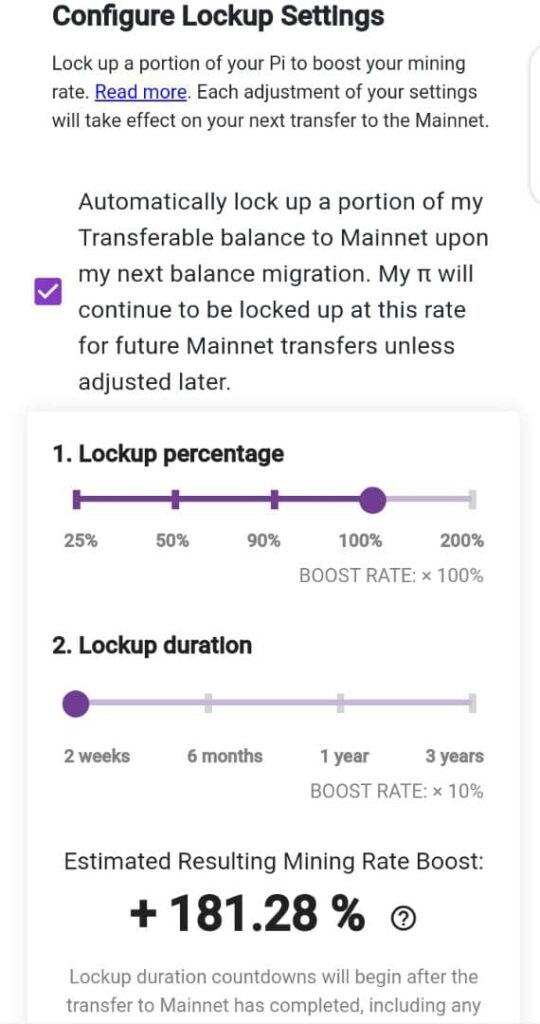
This means that after the mainnet transfer, your Pi tokens will remain locked for a duration of two weeks before becoming accessible to you. This lockup mechanism is designed to promote the stability and security of the Pi Network.
5. Submit Your KYC Application and Get Approved
This step often poses challenges for pioneers, but fear not. We’ve got the insights you need to navigate this process successfully.
To secure a KYC slot, you must engage in consistent mining by completing at least 15 mining sessions within a three-week period. This rigorous requirement ensures that KYC slots are awarded to active pioneers who maintain a high level of participation and consistency within the Pi Network.
If you’ve been selected to undergo KYC, a pop-up notification will appear in your Pi mining app. Alternatively, you can access the KYC process through the Pi Browser app by clicking on “Kyc.pi.”
Understanding the documentation required for KYC is paramount, as any mistake or the use of unapproved documents may significantly delay your KYC approval.
6. Wait for KYC Results
Once you’ve successfully submitted your KYC application and met the criteria, it’s time to patiently wait for the KYC result. Once the KYC has been approved, consider validating other pioneers using the Pi Browser app by clicking kyc.pi to earn additional Pi tokens
7. Sign Acknowledgment to Receive Tokens
Upon receiving your KYC approval, it’s essential to complete the process by signing an acknowledgment.

This step binds your KYC information with your wallet address securely, ensuring a smooth transition of your Pi tokens to the mainnet.
8. Migrate to Mainnet
The final and most exciting step is the migration to the mainnet. Within two to three weeks of completing your KYC and acknowledgment, your transferrable Pi tokens will be moved to your mainnet wallet.
From this point forward, you can engage in various activities within the Pi Network, including trading your Pi tokens for goods through the Pi Chainmail or exchanging them for physical assets. These options provide a glimpse into the future possibilities within the Pi Network, leading up to the full launch of the Open Mainnet.
Conclusion
By following these eight steps meticulously, you can successfully transfer your Pi coins to your mainnet wallet, ensuring that you are well-prepared to take advantage of the forthcoming developments in the Pi Network. Stay engaged, explore the growing Pi ecosystem, and be part of the pioneering community that is shaping the future of cryptocurrency

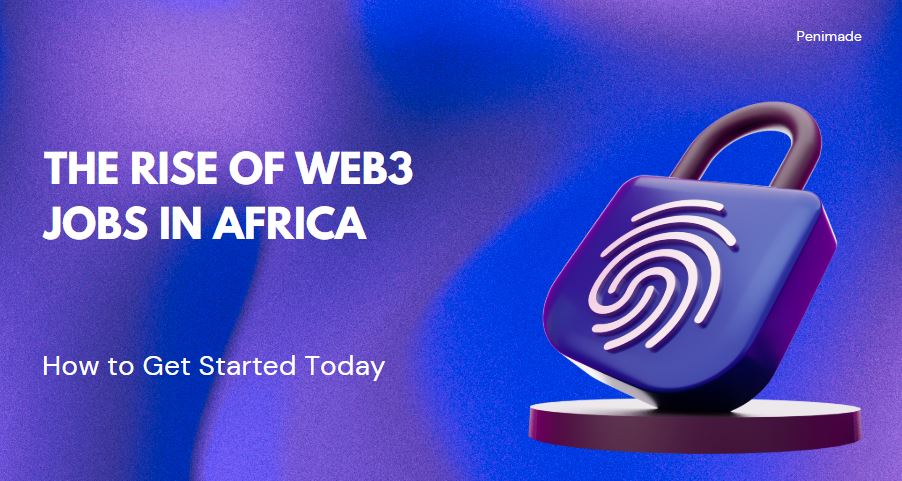
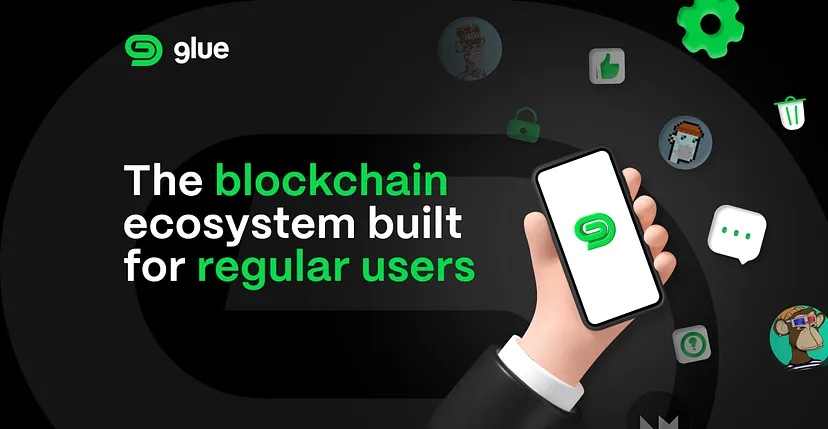



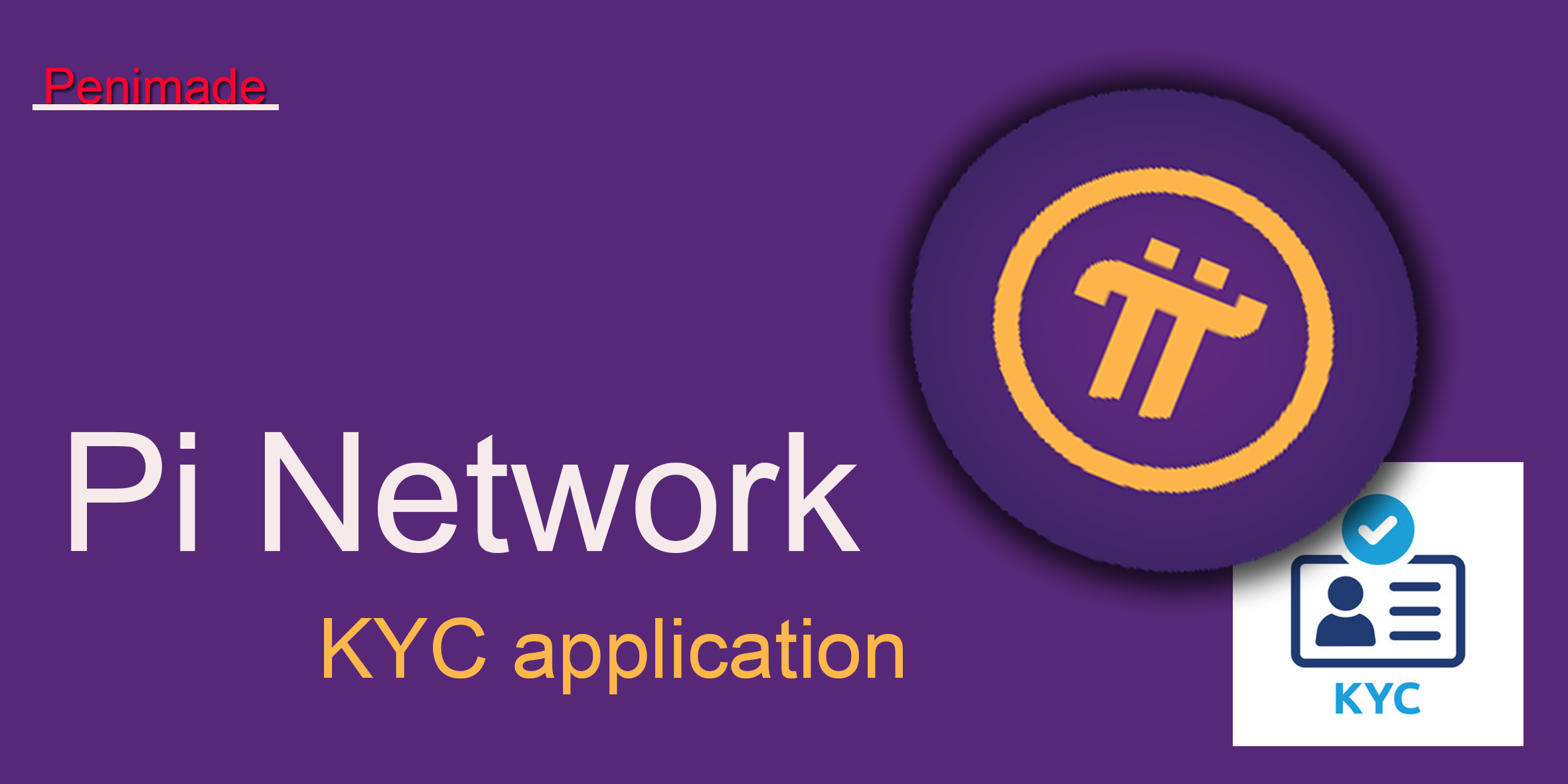
thanks for the Power packed information
It’s my pleasure Sire.
I hope I’ll get approved immediately because most of my friends are stucked in level 3
If the you follow the step as I earlier stated and explained, you won’nt be stucked